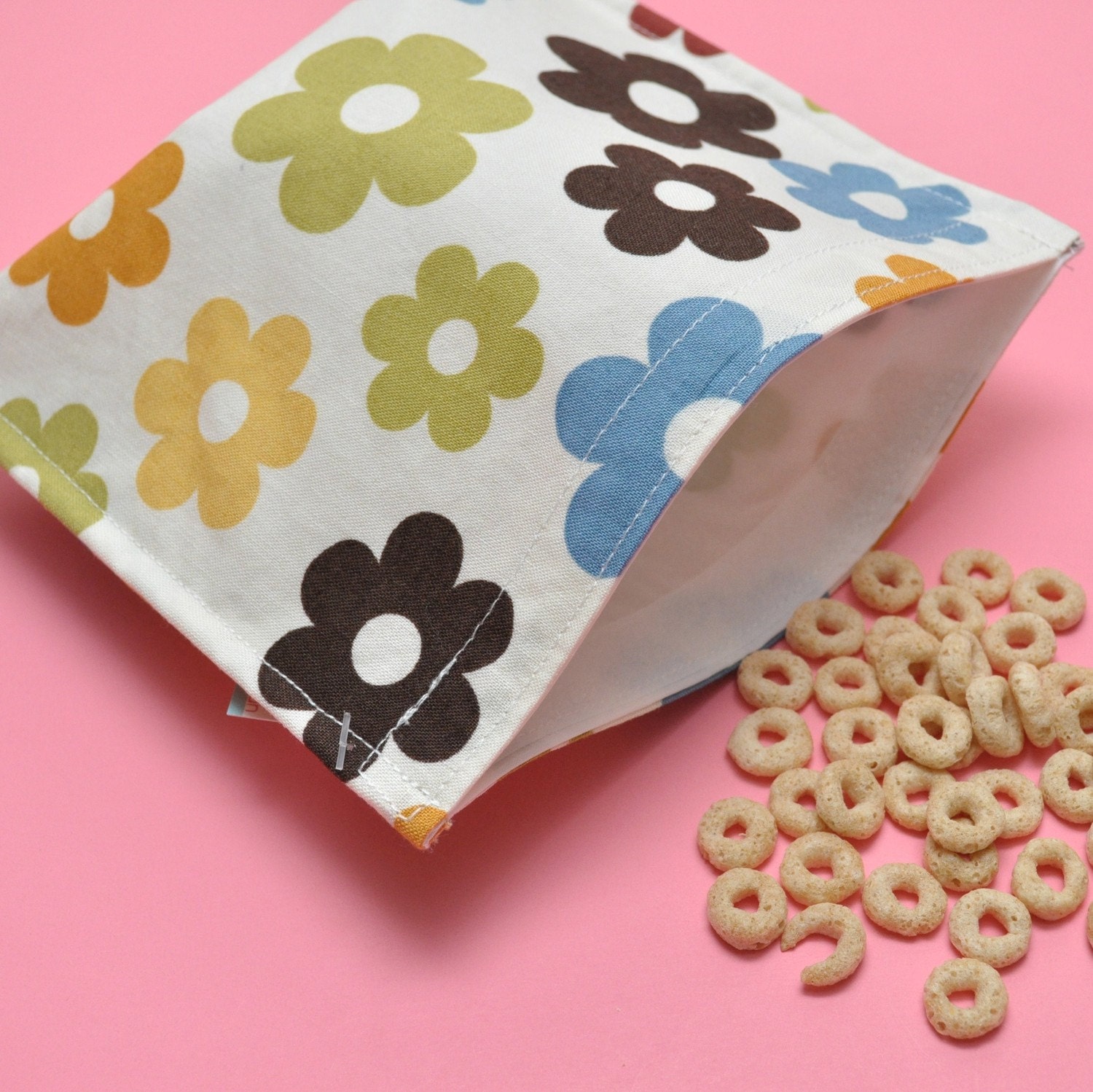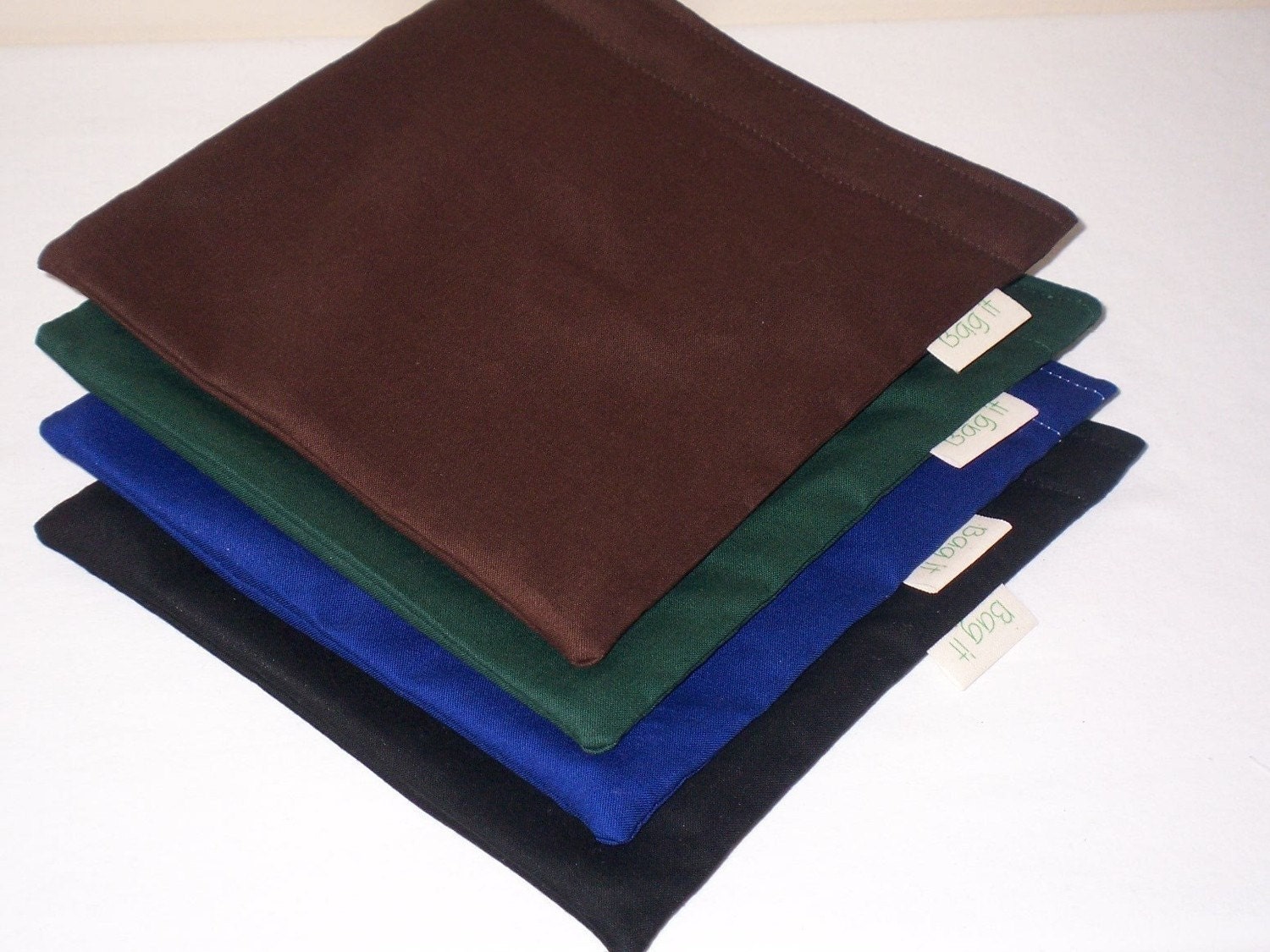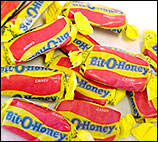A Guide to Conscious Eating
Several weeks ago I mentioned I have been reading Mark Bittman's
Food Matters and promised that I'd give you a book review as soon as I could. Here you go!
The tagline of the book is
A Guide to Conscious Eating, and I found it to be exactly that. I am very cautious of anything I pick up that has a propagandist tone because I have so often found those types to be condemnative rather than informative. Bittman's tone, by contrast, is so genuine you would think you're talking with a good friend. Bittman himself is a confessed gourmand and has actually made his living by...you guessed it...eating. Okay, perhaps the better word is
tasting. He has authored several best-selling cookbooks (most noteably are
How to Cook Everything and
How to Cook Everything Vegetarian) and currently pens "The Minimalist" column for the Food section of the
NY Times.
The excerpt on the back of the book helps sum it up a lot, so I'm copying it here:
- If I told you that the same lifestyle choice could help you lose weight, reduce your risk of many long-term or chronic diseases, save you real money, and help stop global warming, I imagine you'd be intrigued. If I also told you that this change, while not effortless, would be easier and more pleasant than any diet you've ever tried, would take less time and effort than your exercise routine, and would require no sacrifice, I would think you'd want to read more. If you do, you'll find an explanation of the links among diet, health, and the environment in general, and climate change in particular, and you'll see how you can make a difference.
That will definitely grab your attention, right? It did mine!
Sane Eating
Sane Eating is what Bittman calls his approach, and he summarizes it in this way:
- Eat less meat, and fewer animal products in general. Eat fewer refined carbohydrates, like white bread, cookies, white rice, and pretzels. Eat way less junk food: soda, chips, snack food, candy, and so on. And eat far more vegetables, legumes, fruits, and whole grains--as much as you can (68).
The first half of the book is devoted to describing what Bittman might call "insane eating," and the latter part of the book is all about the sane eating approach. And let me remind you that Bittman is ridiculously practical. I never found him preachy, though what he says will probably make
you want to preach, as it did me--obviously.
You may have noticed in the excerpt above that the author does not advise eliminating foods entirely from your diet. He says it is okay to have treats, and you can have a treat every day. Bittman himself uses the "Vegan until Six" rule of thumb. He eats as though he is
vegan--loading up on fruits, veggies, legumes, and whole grains--until six in the evening. Then he eats a sensible meal that may include some of the "treats" he has not allowed himself throughout the day (white bread, a dessert, etc). There is far more detail about this practice in the book.
Diet & the Environment
This part of the book was of particular interest to me. So often I feel like there is little or nothing I can do to make a difference in the world at large. Who knew I could vote with my fork! Bittman presents information about how the typical American diet contributes to environmental change (Did you know animal production contributes more to global warming than vehicle pollution?) and offers practical ways of amending our wrongs.
In Short
I would definitely recommend you read this book. It's an easy read--about half the book consists of a sample monthly menu and recipes--and even if you don't agree with everything he says, I think you would still find something in it that is useful.
Recipes this Week
I spent quite a bit of the week sleeping (thank you, nasty cold), so I did not get to try many new recipes or cook much at all, in fact. I did make one of our new favorite dishes,
Fall Vegetable Curry. It's certainly not as good as the Indian food I have had at restaurants, but it meets my requirements for a recipe--quick and easy, healthy, tasty--and gives me a curry fix at least. On that note, I would definitely recommend finding some good curry before you try this one. I tried using the McCormick stuff I got at Walmart, and it just didn't taste as good as the Madras curry I found at Whole Foods. Go figure. In addition, the recipe says to serve it with plain Greek style yogurt. While the yogurt was good, I think I could do without it if I had quality curry. We like this dish best served over couscous (which you can easily mix with a bit of quinoa for some extra protein). Steep the couscous in your choice of broth (rather than water) for an even tastier treat!










